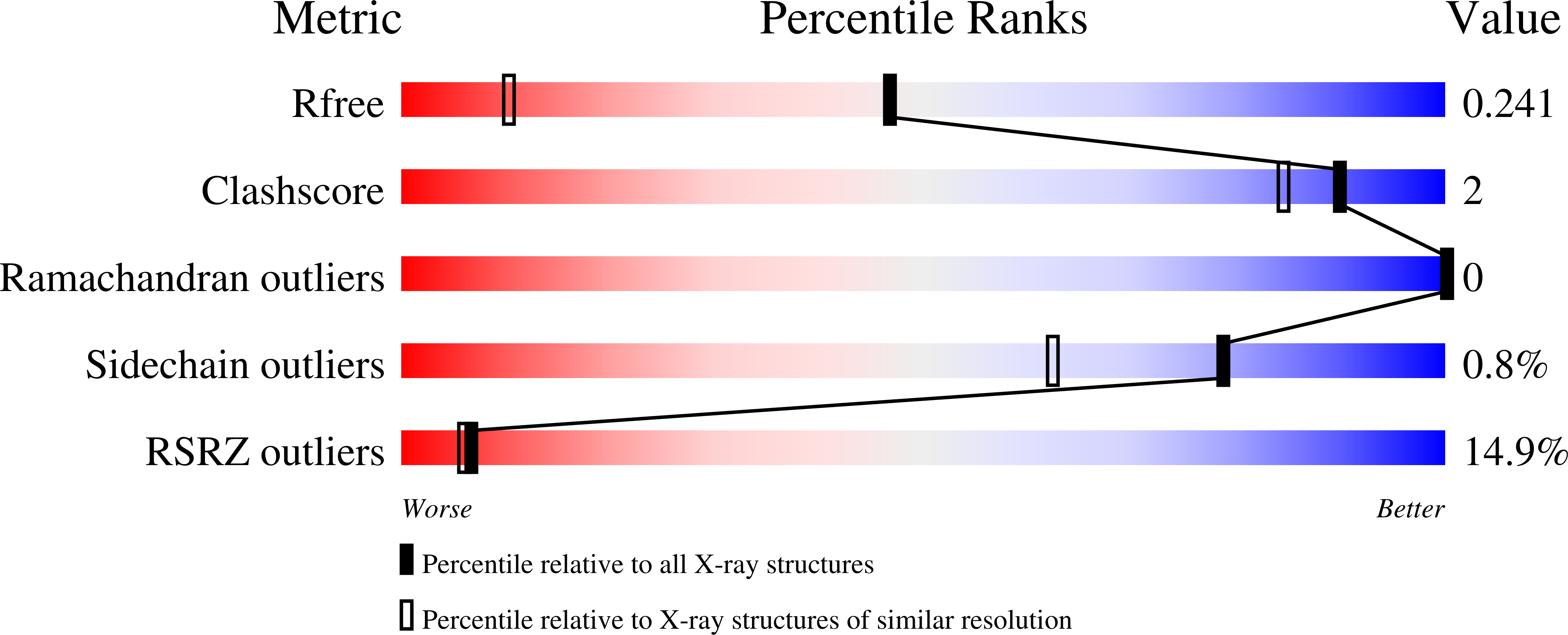
Deposition Date
2024-01-14
Release Date
2024-10-23
Last Version Date
2024-10-23
Method Details:
Experimental Method:
Resolution:
1.50 Å
R-Value Free:
0.23
R-Value Work:
0.20
R-Value Observed:
0.20
Space Group:
C 2 2 21


